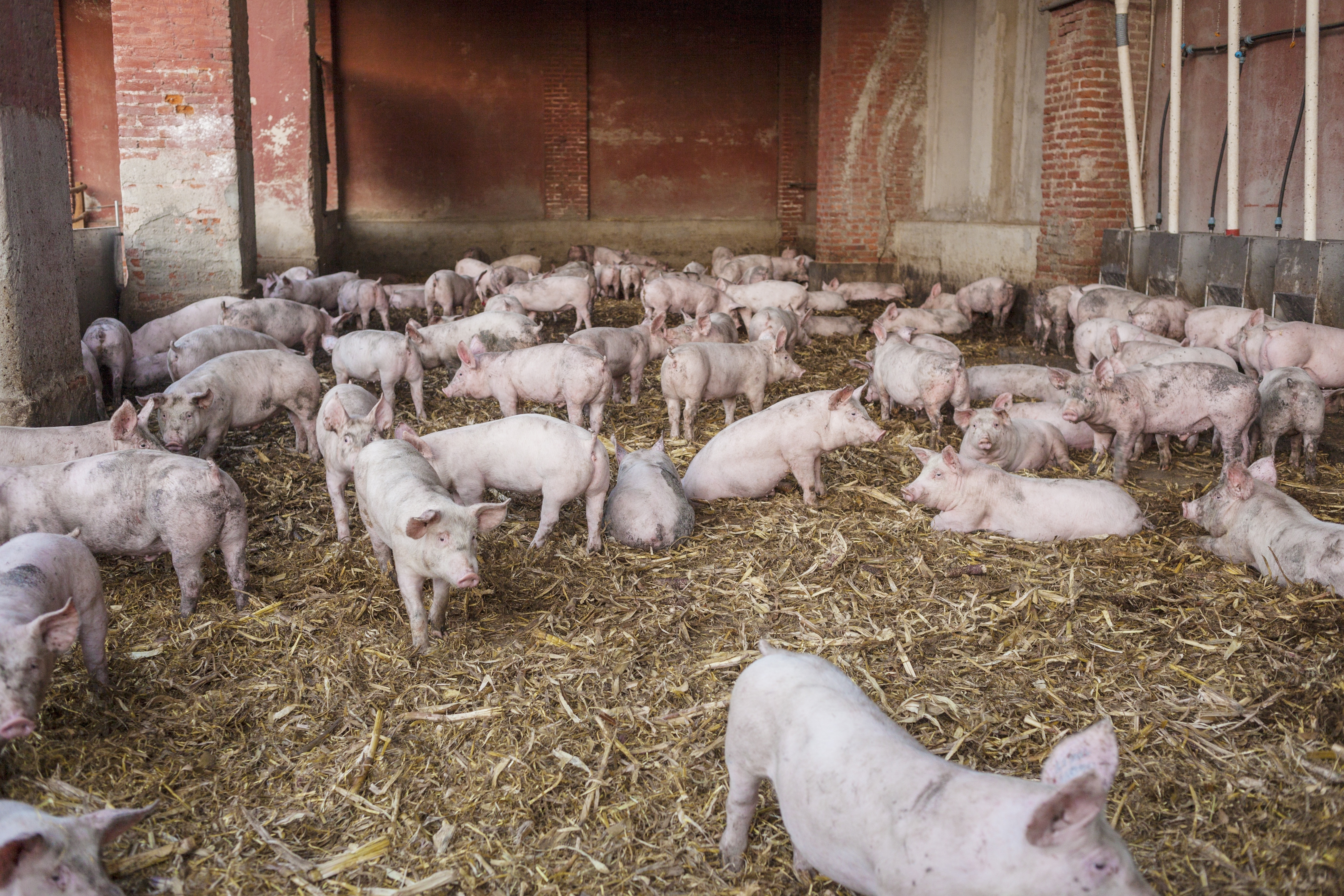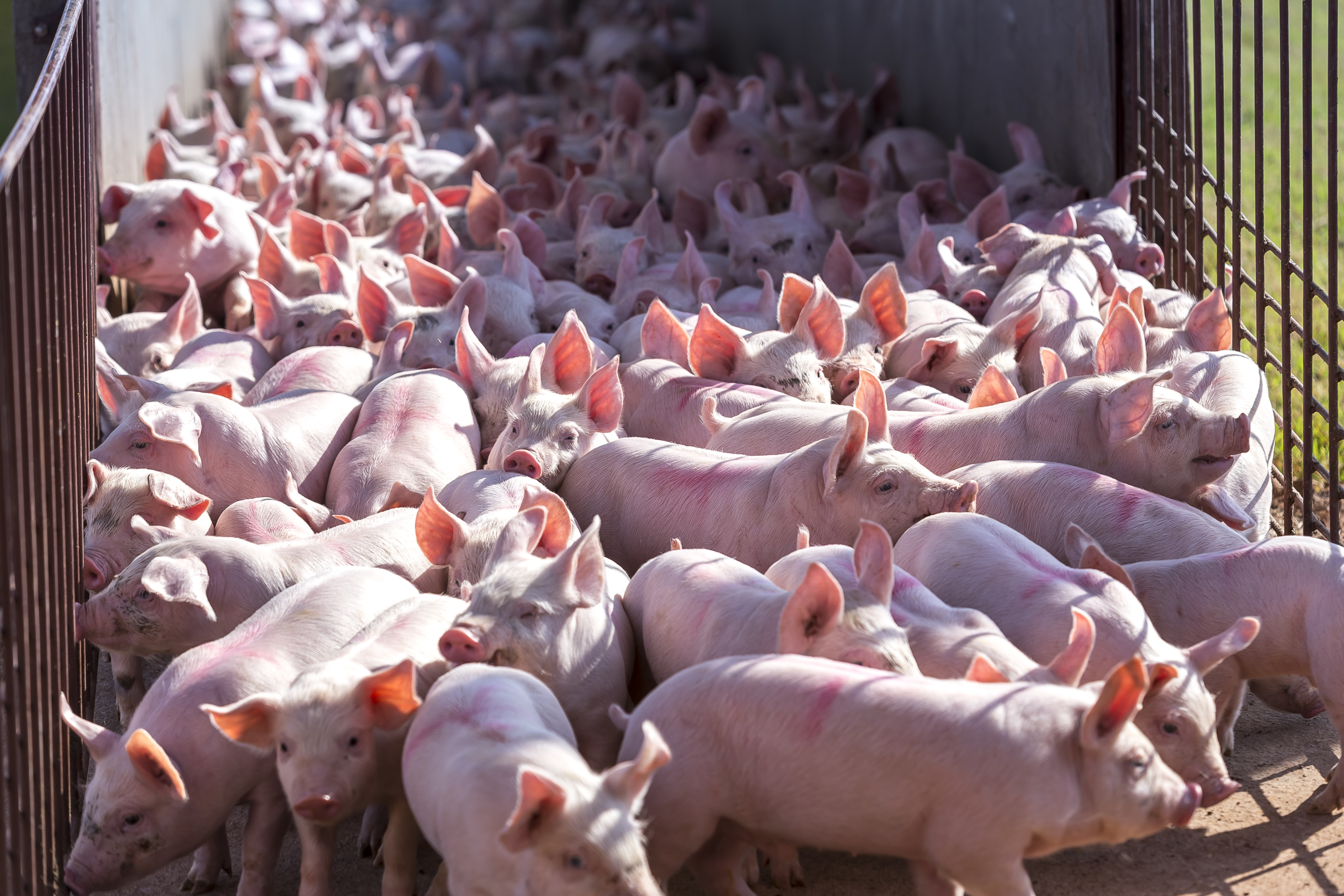



How to start a pig business in the US
For those intent on starting a pig farming venture in the United States, there will be plenty of homework to look forward to.Two general ways to enter the hog industry are as an independent operator or as a contract grower raising hogs for another farmer or producer. A third player in the industry is the large corporation or contractor that employs other contractors and producers to raise some, or all their hogs. These integrators and packers tend to look after their own interests and contractors first before turning to independent producers without a contract, so this must be kept in mind.
New commercial hog producers choosing to contract to a large integrator, have options including breeding females to produce piglets and growing them to age and size, receiving and growing weanlings to finishing weights or a combination of these choices.
Many large contractors use company or industry standards to specify the size, shape, design and ventilation specifics potential farmers will need to base their new barns on and while producers can arrange the independent building of these barns, they should keep in mind that while most construction loans run 10 to 15 years, the life of the barn should be 30 to 40 years.
Swine company representatives met at a Farming for the Future Conference in Ames, Iowa to discuss contract production, barn and infrastructure costs and expectations.
“When you build these barns, you have to think beyond the 10 to 12-year contract,” said Rod Leman of Cactus Family Farms, Amarillo, Texas. “You have to think about it as a 30 to 40-year asset. You want to have a marketable barn.”

Long-term vision is paramount as barns should be solidly built, providing enough comfortable and stress-free space to deliver proper animal welfare.
Each barn is different, but costs for a 2500-head wean-to-finish tunnel barn are roughly $300 to $310/pig space, meaning approximately $730 to 800 thousand dollars. Beyond this, a land base and a good supply of quality water are imperative. A solid roadway that is accessible for large trucks in all weather conditions is also essential.
Tork Whisler of Eichelberger Farms, southeast Iowa said, “The biggest difference is how far am I going to have to go for water? How big is the lane? Do not skimp on the building. The money you put into it on the front side is going to pay you dividends on the back side. Quality equipment will pay you dividends down the road.”
The amount of land required for the waste and manure cannot be ignored. Kent Mowrer, Senior Field Coordinator of the coalition to support Iowa farmers, said that a 2500-head site in Iowa, based on a corn and soybean rotation, needs roughly 400 acres, considering 200 acres one year of the rotation and another 200 in the next year.
Rod Leman added, “You’ve got to think about the manure and disposing that manure from a site over 40 years. Do you have enough land base around that site?”
Location and contracts are extremely important adds Ryan Pudenz of Prestage Farms, North Carolina. “I’m looking at a 100-mile circle around Eagle Grove. Once the site is approved, you need to make sure the grower and the company are a good fit. You’re going to be signing a contract for 10 years, so you have to make sure that you can work together.”
For new entrants to the industry, a contract in hand from a major producer or corporate supplier is often necessary to secure a bank loan for land and the building of new infrastructure.

In basic terms, a form of vertical integration is the dominant force in the industry, which is a business strategy tying together two or more functions of production, marketing and processing under one entity.
In 2018, approximately half of the pigs raised by US farmers were on family farms under contract as part of this integration system. In most contracts, farmers are responsible for the building, ownership and upkeep of the barn, the farm utilities and associated costs, daily labour and hands on care of the pigs including unloading and loading, while the company or contract owner supplies the feed, medicine, vaccines and arranges the sale of the pigs. This is designed to reduce the risk for both parties as neither must weather both the markets and the costs associated with the land base and barns.
Some contracts are paid on a pound of weight gain or as a set price for acceptable pigs produced in a farrow to weaned pig contract. Others include incentive payment schedules for higher feed efficiency and productivity, lower death losses, or above level pigs produced per sow. Still, others are paid a set amount on a per day basis, whether they have 2500 or zero pigs at any given time, giving farmers a consistent and timely payment. This type of contract holds large contract operations to a standard of keeping the pigs moving, and the farmers' barns at full capacity as is possible. It is important to become familiar with the different types of contracts and their potential fit before entering into these agreements.
With these decisions made and in place, producers need to be aware of biosecurity in the industry. With the onset of African swine fever and other health concerns, it is imperative that new farmers learn about disease control. Integrators and suppliers can provide instruction and guidelines.
Accessible cash flows for costs outside the basic building, equipment and land base are also required. Utility costs fluctuate with the potential to change monthly bills. Repairs to buildings and equipment are ongoing.
New entrants to any industry must have initiative, a solid work ethic and be willing to continue learning. Working and communicating with contract holding integrators is a good way to take the first step. Veterinarians, builders, feed suppliers and neighbours in the same field are all good sources of coaching and required information for new entrants striving to build a rewarding lifestyle.









